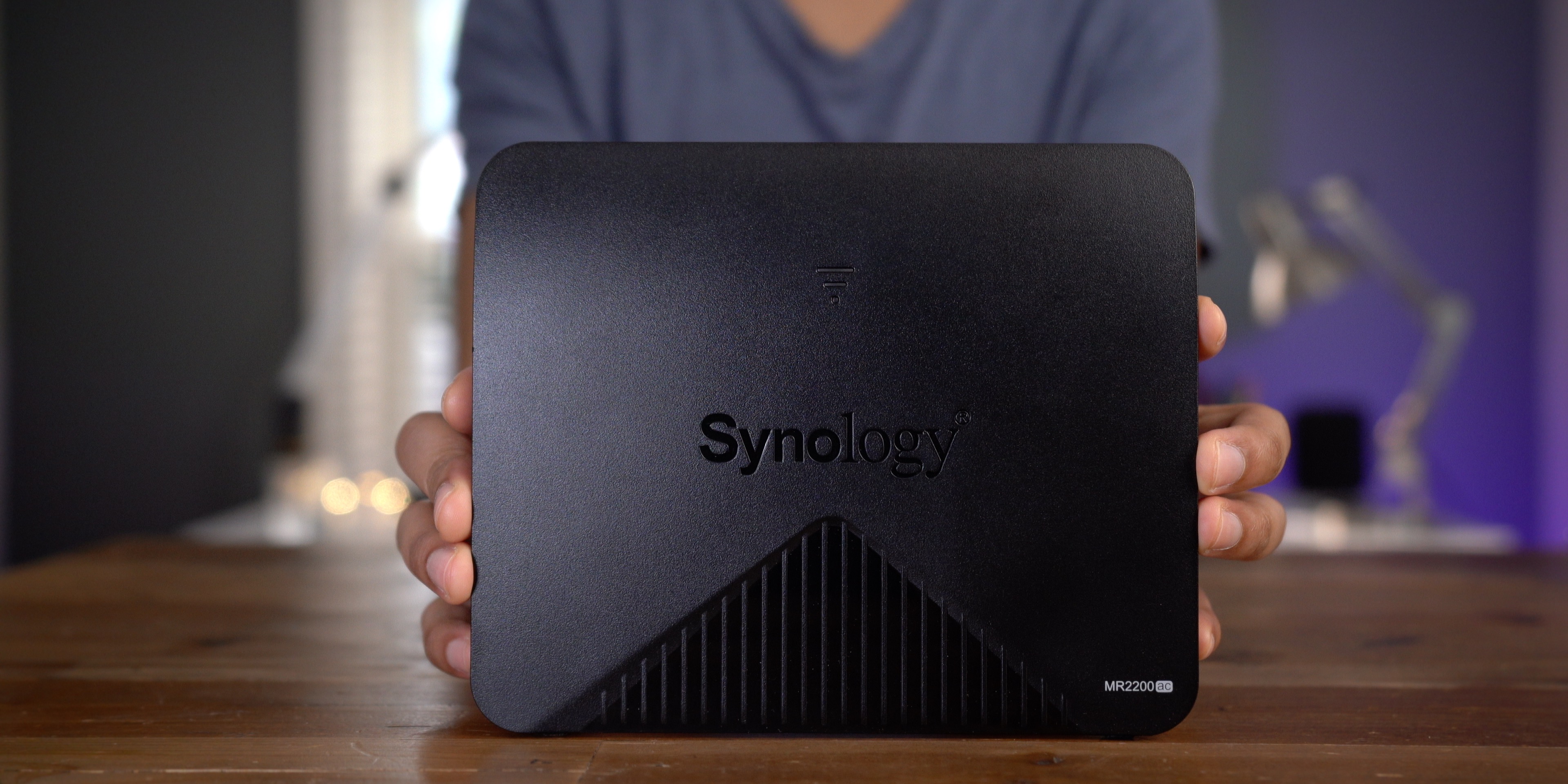

- #VPN PLUS SERVER SYNOLOGY ROUTER HOW TO#
- #VPN PLUS SERVER SYNOLOGY ROUTER INSTALL#
- #VPN PLUS SERVER SYNOLOGY ROUTER UPDATE#
All I could was the initial router walk-through. The router creates a captive portal which took control of the Chromebook to the point that I could not run any other apps. I ran the initial setup from a Chromebook that was connected to the router via Wi-Fi.

The label on the bottom of the router, says the default SSID is "SynologyRouter". The Hardware Installation Guide says the default Wi-Fi SSID is "Synology_(Serial)".

Also like every other router, it assumes you have a modem from your ISP rather than addressing the messy option of a combination modem/router. Like every other router I have seen, the setup instructions say nothing about running the initial setup while the router is off-line. From what I have seen, all the documentation for this router was written by people who do not understand the technology. And, no ISP modem has two Ethernet ports.
#VPN PLUS SERVER SYNOLOGY ROUTER INSTALL#
It is an advanced feature and does not belong at the very beginning of the Hardware Install guide. For example, it says "If you wish to use Smart WAN, connect your RT2600ac (at the WAN1 and LAN1 ports) to the ISP modem with network cables" What is Smart WAN? Doesn't say. That said, the Hardware Install Guide is not well done. It also doesn't say that you are better off downloading and reading the 29-page Hardware Installation Guide.
#VPN PLUS SERVER SYNOLOGY ROUTER HOW TO#
Screw things up? It says nothing about how to reset back to factory defaults. FYI: when the status light changes from orange to green, it has finished booting. The Guide says nothing about this and nothing about how you can tell when it has finished booting. After you turn on a router, you have to wait a bit until it has fully booted. There are 9 LED lights on the front of the router and the booklet does not explain what they indicate. The Quick Install Guide setup booklet covers the barest minimum you need to do to get started.

The default router and Wi-Fi passwords are on a label on the bottom. Green indicates a gigabit connection, orange indicates a connection speed of either 10 or 100 Mbps. Instead of LEDs on the Ethernet ports themselves, it has an LED indicator for each Ethernet port on the top of the router. The Ethernet ports on the back are plastic rather than metal, a surprisingly cheap way to go on a relatively expensive router. On the other hand, having a Wi-Fi on/off button is a good security feature because it makes it very easy to turn off Wi-Fi when it's not needed. Worse, the letters describing the button are also black, so pretty much impossible to read without a flashlight. The buttons are black in the middle of a black case, so hard to see. There are buttons on the side of the router for WPS, Wi-Fi and Eject. I had a switch just like this fail on an Asus router. It's a spring type switch that you push in and out. In fact, the power cable is right next to the on/off switch. If you ever need to turn it off you can just unplug the power cable. For one, it's not needed routers are intended to run all the time. There is an on/off in the back which, in my opinion, is a bad thing.
#VPN PLUS SERVER SYNOLOGY ROUTER UPDATE#
I started using the router in September 2019 and most of the tire kicking was done with firmware version 1.2.3-8017 Update 2 from August 2019.įirst thing I noticed is that, as routers go, it's fairly big. It is my experience, observations and thoughts using Synology's second generation router, the RT2600ac. This page is mostly but not exclusively focused on security.


 0 kommentar(er)
0 kommentar(er)
